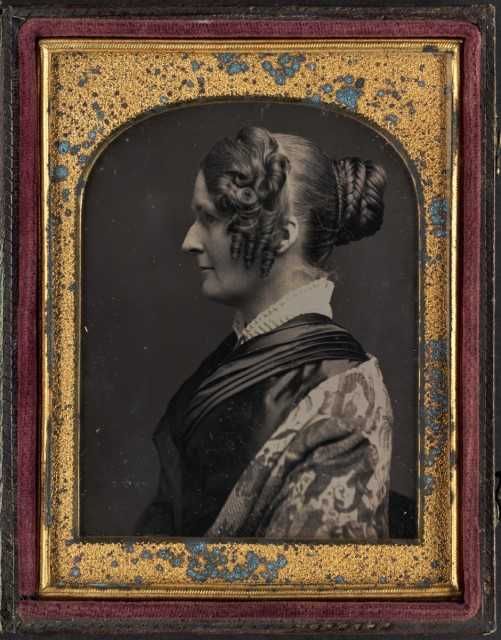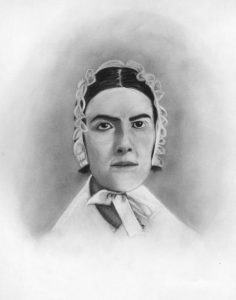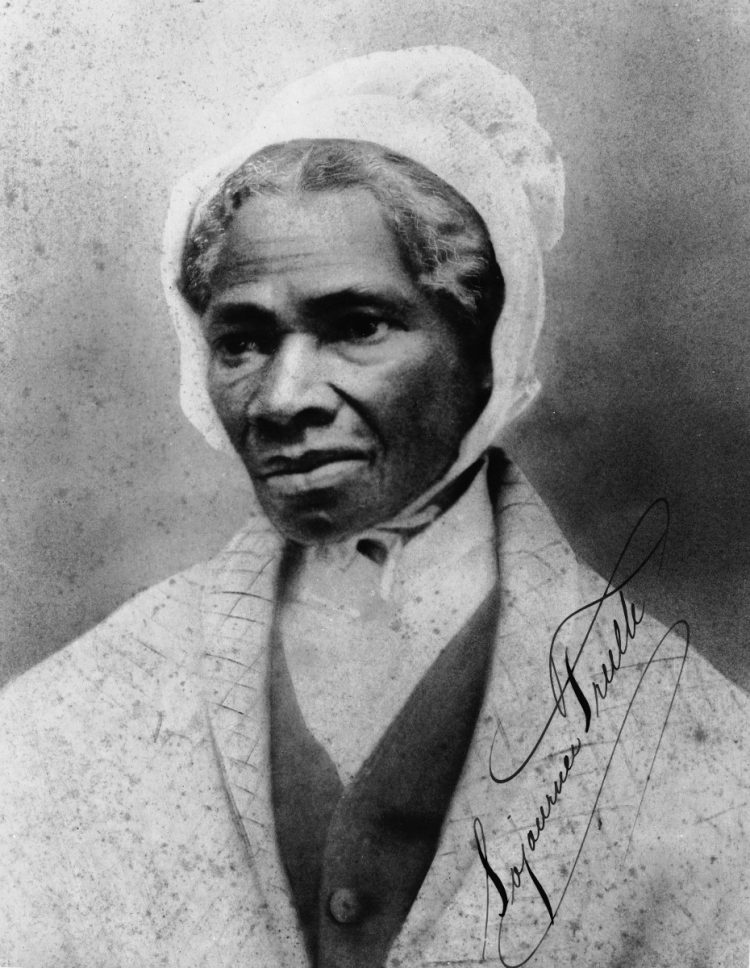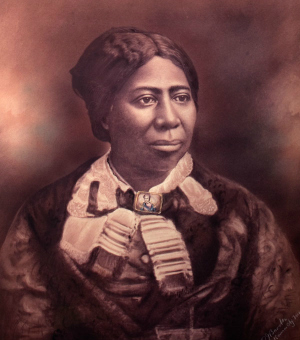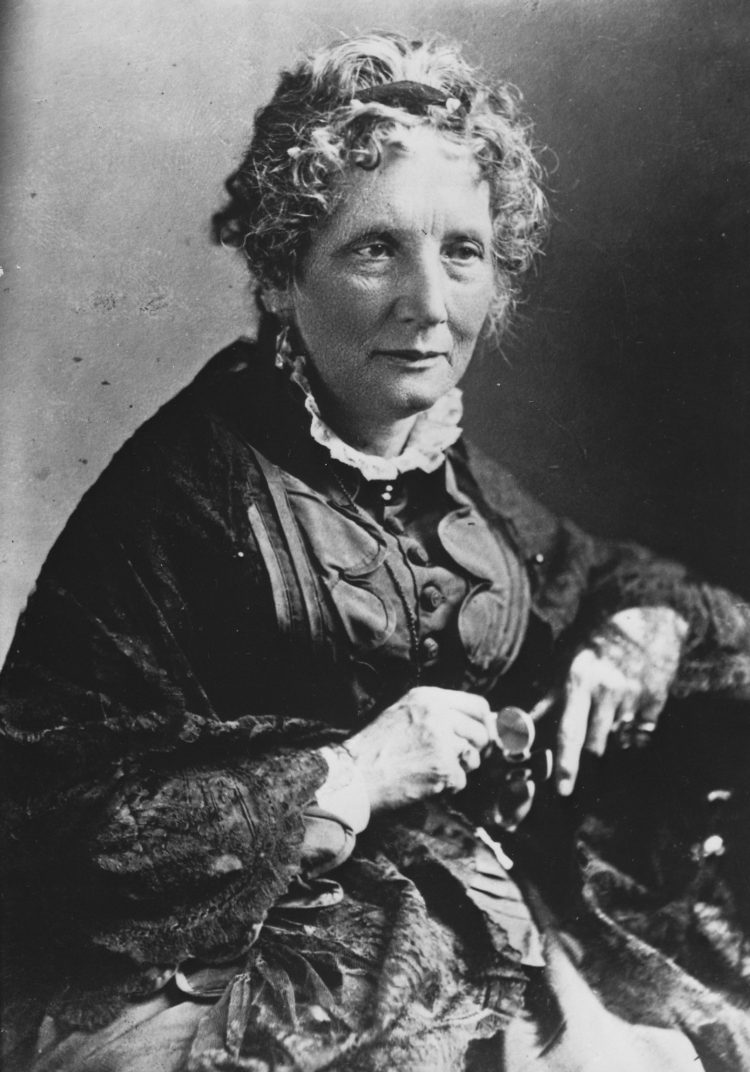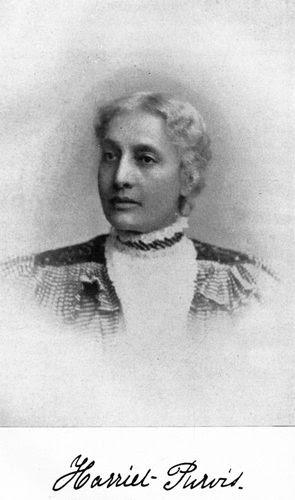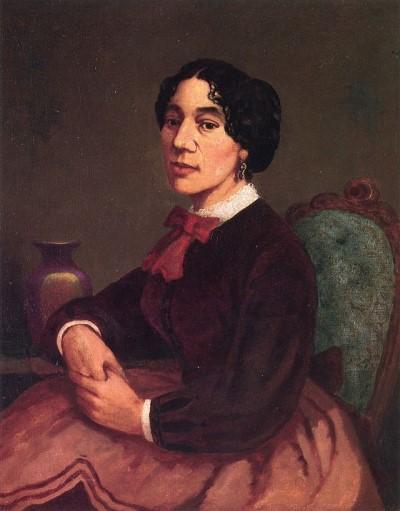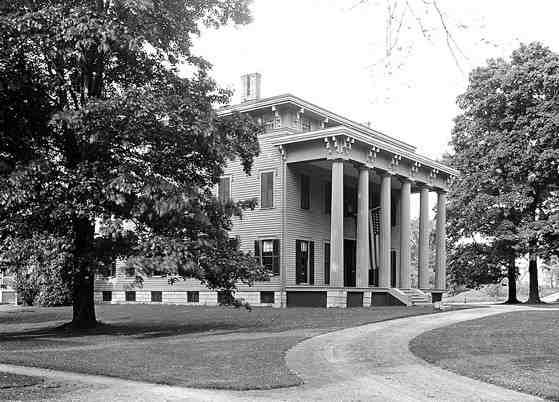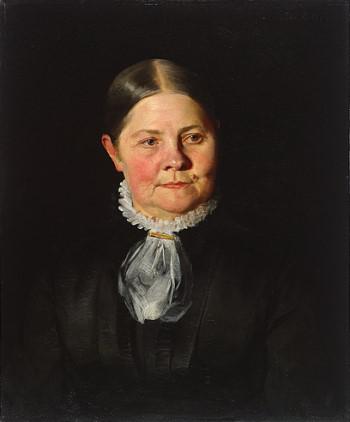19th Century Abolitionists: Maria Chapman and Her Sisters Maria Weston Chapman (1806-1885) was described by Lydia Maria Child as: “One of the most remarkable women of the age.” Chapman and three of her sisters played vital roles in the abolitionist movement. Maria, best-known of the group, and her sisters worked tirelessly in support of William Lloyd Garrison and his abolitionist paper, The Liberator. They founded an organization, circulated petitions, raised money, wrote and edited numerous publications, and left behind a remarkable correspondence.
